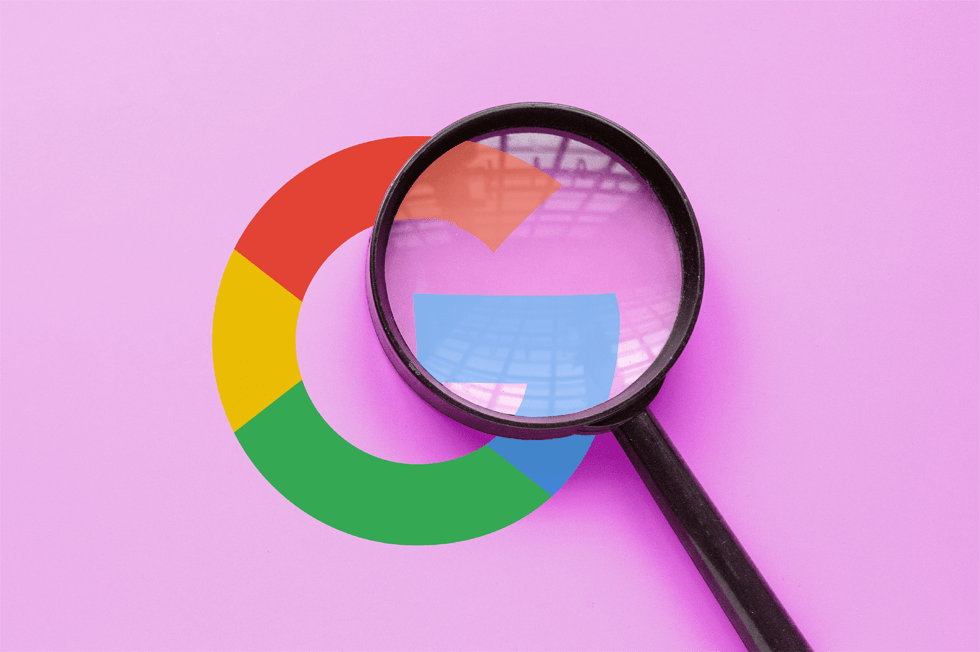Google Expanded Text Ads: Next steps and what this means for you
As we’ve detailed in previous installments of Level Insights, Google announced this summer that it was doubling down on “Expanded Text Ads” (ETAs) as the ad format of the future, and removing traditional text ads as a new ad option on October 26th. Existing ads will be unaffected by the 10/26 deadline.
ETAs are text ads that include two headlines instead of one, and have expanded character limits to give advertisers more room to fit additional copy. Initial results have shown that ETAs can improve clickthrough rates (CTRs) by up to 20%.
Because we were part of the closed Beta, Level has been collecting data on ETAs for longer than most agencies and advertisers. We have developed client-specific rollout strategies for all of our partners ahead of the October 26th deadline. Level account managers will be reaching out to our partners over the next few weeks to preview the rollout strategy and discuss implementation details and requirements.
Facebook pressures advertisers to cut mobile page load speeds or it’ll cut their reach
User experience meets the bottom line. From Marketing Land:
“Facebook doesn’t want people to be so discouraged by slow-loading links that they stop clicking on links in ads altogether (and stop making Facebook money).”
Level Insight:
- Page load speeds already have an impact on SEO and user experience; now it will affect ad visibility.
The general shift from desktop to mobile Facebook usage drives these new policies. With the introduction of Canvas and Instant Articles, Facebook is looking to create a seamless experience from social network to paid content that keeps users firmly inside the Facebook bubble. Slow page load speeds perpetrated by some advertisers is a valid concern, but may result in the de-prioritization of advertisers that send visitors into offsite conversion paths.
The Creative Director Role (As We Know It) Will Not Exist in 10 Years
Data and strategy are taking a larger role in the creative process. From AdvertisingAge:
“While marketers decide where a campaign is run, the creative director should be involved in this process, considering not only how to make a campaign cohesive across all chosen platforms, but how creative can take advantage of the unique traits of each platform — and, perhaps even more importantly, how creative should adapt depending on where the ad runs and how it performs there.”
Level Insight:
- The creative director of the future is less artiste and more strategist with knowledge of user experience, messaging, media, and design. It’s no longer enough to create a beautiful concept; the ad must resonate with a specific customer at a specific time. Today’s ads must be engaging, not merely entertaining. A creative director must understand how do have a digital conversation with the right audience.
- Data is taking a much larger role in creative decision making. A creative director must cede pure artistic vision to the data.
- This data-driven, hybrid creative director described in the article is similar to Level’s test-and-learn creative approach. Our creative team, account managers, and media buyers work in tandem to create data-driven ads for our clients. That way, every concept is the output of expertise in creative content and design, specific client target audiences, and channel best practices.






